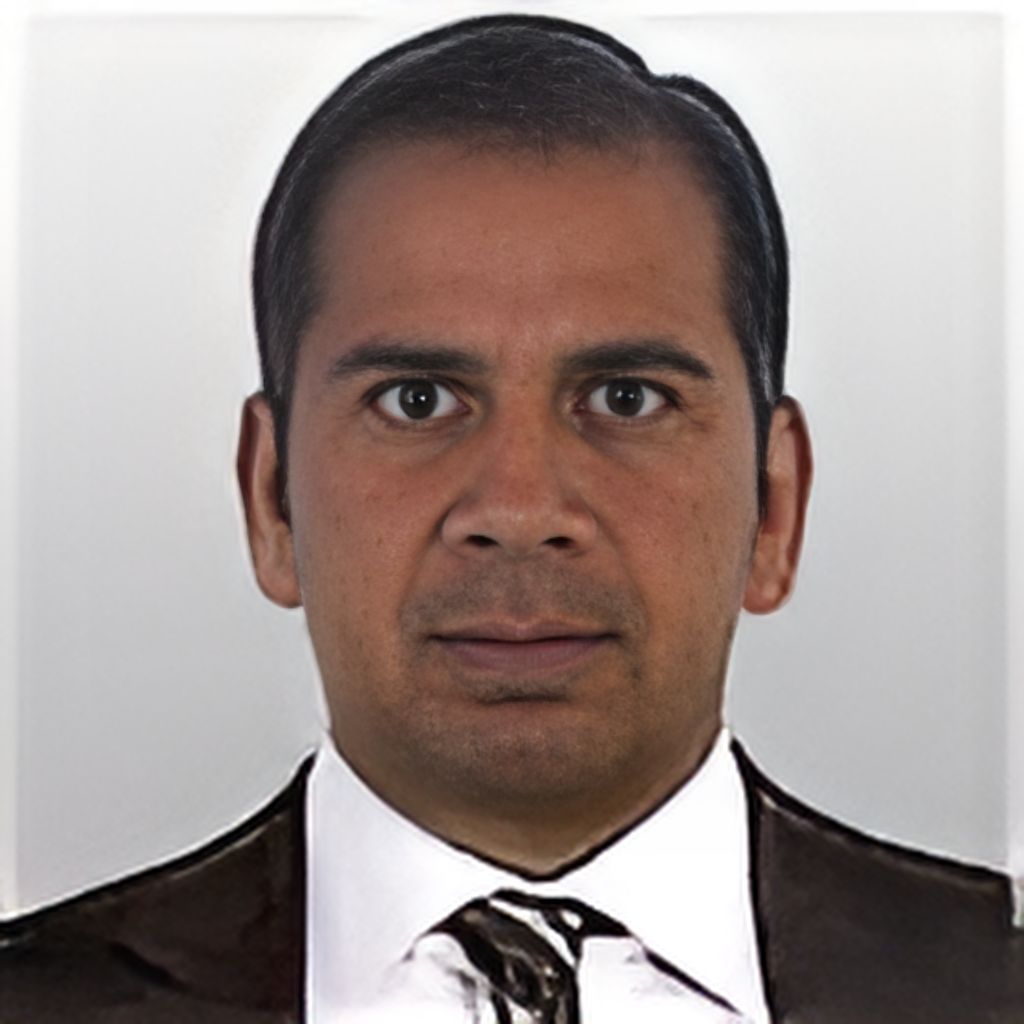Legal Tactics to Protect Blockchain Assets in a Shifting Regulatory Landscape
November 20, 2025 • César Daniel Barreto

Blockchain assets sit in the middle of a global legal tug of war, and the tension keeps rising. Regulators change direction quickly, sometimes quicker than projects can react. When that happens, entire slices of value can disappear without warning. New rules in the US, the EU, and several Asian jurisdictions now push the boundaries of how ownership, custody, and liability fit inside decentralized architecture. Instead of resolving uncertainty, many of these rules create new gray areas.
As a result, attention has shifted toward legal tactics that protect digital property and contractual rights. Some teams have started building compliance directly into their technical stack. They treat it almost like an unseen layer of infrastructure. It might not be exciting, but it keeps the whole thing standing. A few approaches stand out in that environment.
Understanding Asset Classification Across Jurisdictions
Every regulator seems to have a different opinion on what a token represents. One agency insists it behaves like a security. Another files it under commodities. Others treat it as a form of digital property with its own category. The label matters, because that label decides how tokens are taxed, how they can be traded, and what counts as legal ownership.
A business moving across borders has to understand how each region defines that ownership. A simple oversight can trigger sanctions or even lead to funds being frozen. The SEC’s stance on staking services is a good example. It sits in sharp contrast with the EU’s MiCA framework, which forces companies to adjust their compliance playbook depending on where they operate.
Working with a crypto lawyer helps cut through the fog. They can clarify how a token should be classified, which filings matter, and what kind of license applies. Many teams document the economic purpose of their token with care. They want regulators to interpret the asset the way it was intended. That clarity protects the project from shocks that can disrupt development or scare off investors.
Smart Contract Enforceability and Legal Design Principles
Smart contracts promise automatic execution and mechanical trust. Courts, however, still operate on human language and legal reasoning. A piece of code might run perfectly, yet a judge may question it if there are no clear terms explaining the intent behind it.
Developers often pair their smart contracts with written agreements that mirror the code. These documents outline obligations, define disputes, and specify the governing law. Projects on Ethereum often attach written appendices that spell out triggers, payment details, and the conditions that end the contract. The code handles the automation, while the documents explain the meaning.
During a dispute, those written terms become the translator between the technical system and the legal system. It resembles providing subtitles for a film so the full story makes sense to the viewer. Without that support, a flawless smart contract can lose its weight in a courtroom. Building enforceability into design ensures smart contracts hold up when tested outside the security of blockchain.
Custody Frameworks for Digital Assets and Tokens
Custody creates one of the trickiest legal questions. Control on the blockchain comes from holding a private key. The law, however, defines custody through responsibility and possession. That mismatch leads to confusion when institutions are trusted to safeguard client assets.
Regulators now ask for clear separation between client holdings and company reserves. Firms also need verifiable proof that they own what they claim to own. Wallet addresses alone do not satisfy that requirement. This has pushed the rise of qualified custodians and trust-based entities. Groups like Coinbase Custody and Anchorage Digital operate under federal charters that combine secure storage with detailed compliance reporting.
Businesses that hold tokens for users must outline who controls the keys, how recovery works, and what happens if the company becomes insolvent. It is similar to deciding who owns a safe, who knows the combination, and what the rules are if someone in the chain of responsibility departs. Well defined custody procedures prevent disputes and reassure investors in a market that often feels unstable.
Navigating Cross-Border Compliance in Decentralized Systems
Cross-border activity stretches decentralized systems in uncomfortable ways. Each country has its own disclosure rules, its own anti money laundering requirements, and its own data retention demands. One mistake in this environment can bring multiple agencies into the picture.
Teams that operate internationally often build compliance systems that adjust quickly. They chart out counterparties, verify beneficial owners, and maintain documentation that satisfies the strictest jurisdiction first. That approach resembles global finance, where a single compliance failure can shut down operations across several regions at once.
Blockchain analytics tools and region specific counsel help map transaction flows and highlight vulnerable points. When a transaction crosses several regulatory borders, documentation becomes the safety line. The experience feels like steering a boat down a river that changes current at every turn. Consistent transparency and adaptable reporting offer the only reliable way to stay ahead of regulatory pressure.
The Bottom Line
The legal environment around blockchain keeps evolving faster than most organizations can comfortably manage. Staying compliant requires planning, detailed records, and informed interpretation.
Regulations will keep shifting. The companies that treat legal strategy as part of technical design will protect more than their assets. Their operational freedom in the years ahead depends on it.

César Daniel Barreto
César Daniel Barreto is an esteemed cybersecurity writer and expert, known for his in-depth knowledge and ability to simplify complex cyber security topics. With extensive experience in network security and data protection, he regularly contributes insightful articles and analysis on the latest cybersecurity trends, educating both professionals and the public.